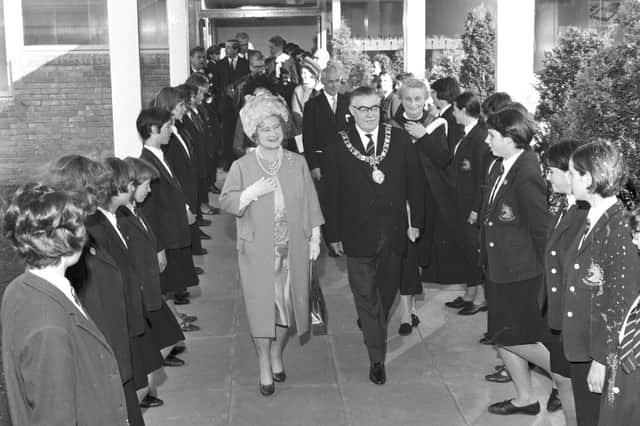The school is named after James Gillespie, a snuff and tobacco merchant who became one of Edinburgh’s wealthiest men in the 18th century and a well known figure in the Scottish Enlightenment.
Prior to his death in 1797 the bachelor instructed that his estate should be used to create a school (at that point called a ‘hospital’) for poor boys.
Much of this money came from the North Virginia slave-owning tobacco plantations and the school has made great efforts to take account of its history, educating pupils about Black History, chattel slavery and modern slavery.
The school was founded in Bruntsfield Place in 1803, with just one schoolmaster teaching 60 pupils in a building designed by local architect Robert Burn.
By 1870, the school roll was quickly expanding, necessitating a move to what is now Gillespie Crescent where the number of students would exceed 1,000.
The Edinburgh School Board took over the school from the Mechant Company of Edinburgh in 1908 and, six years later, it moved to the former Boroughmuir School building on Bruntsfield Links.
Construction of a new school on Lauderdale Street, incorporating Bruntsfield House, got underway in 1964 and was finished in 1966, becoming a secondary school for 800 girls.
In 1973, James Gillespie’s became co-educational comprehensive school, then in 1978 it was taken over by Edinburgh District Council, who started to use an annex at 7 Gillespie Street to cope with rising pupil numbers.
By the end of the 1980s an extensive building and modernisation prgram meant the school was once again on a single site but, desite further improvements in 2007, a campaign stated to build a new school.
It wad a successful campaign and in July 2013 work started to replace all of the school buildings, with the exception of the listed Bruntsfield House, which is a listed building.
The campus was completed in August 2016 and consists of four buildings: Bruntsfield House, the Malala Teaching Block, the Muriel Spark Performing Arts Building (named after the school’s most famous pupil), and the Eric Liddell Sports Building.
The school traditionally ranks highly academically, regularly appearing in the top 10 schools in Scotland and, in 2015, was awarded the Sunday Times accolade of being the Top State Secondary in Scotland.
Here are 21 pictures to take you back to life in the school over 50 years ago.
Read more:
Much of this money came from the North Virginia slave-owning tobacco plantations and the school has made great efforts to take account of its history, educating pupils about Black History, chattel slavery and modern slavery.
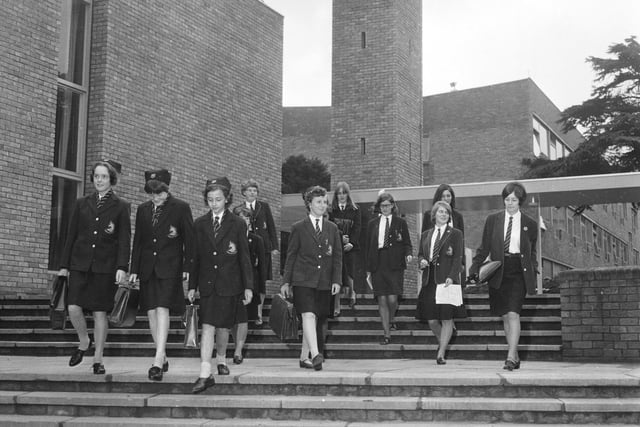
5. Back to school
Pupils at James Gillespie's High School arrive to start the term at their new building in Bruntsfield House in August 1966. Photo: George Smith
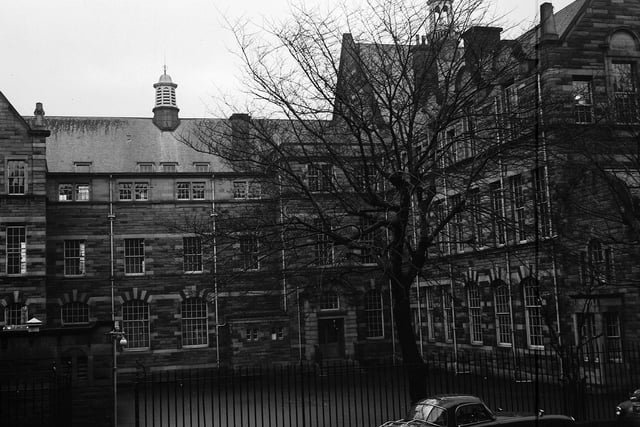
6. Old school
The old James Gillespie's School building in Warrender Park Crescent in February 1964. Photo: Unknown
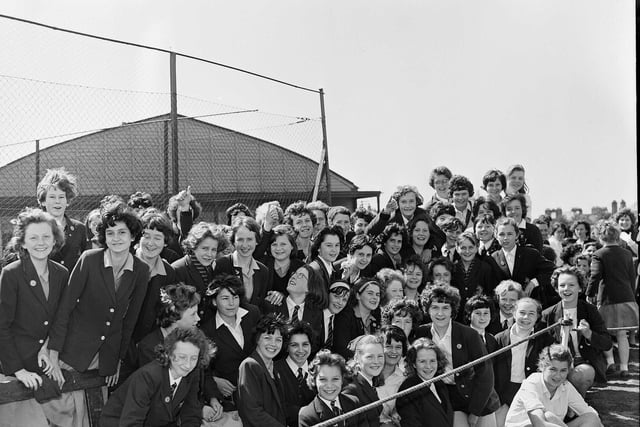
7. Sporting stars
The James Gillespie High School Sports Day at Meggetland in May 1963. Photo: Unknown
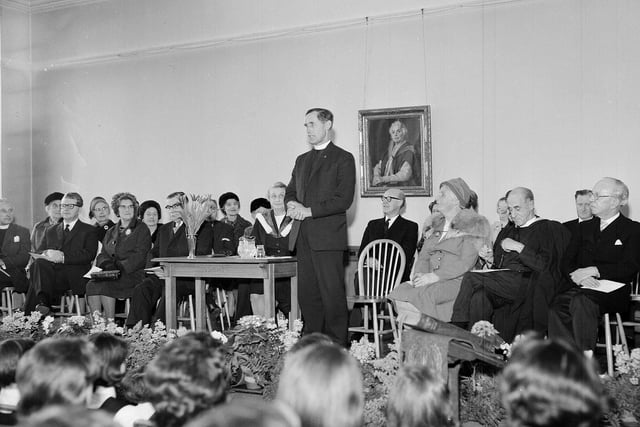
8. Founders Day
Rev Dr R Leonard Small addresses the Founders Day audience at James Gillespie's High School for Girls in March 1963. Photo: Unknown
